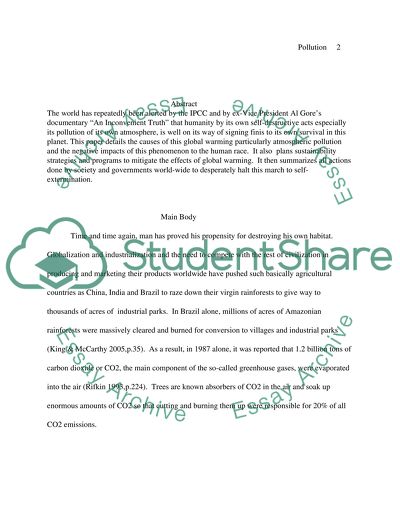Cite this document
(Ecosystem Change and Public Health Assignment Example | Topics and Well Written Essays - 2250 words, n.d.)
Ecosystem Change and Public Health Assignment Example | Topics and Well Written Essays - 2250 words. Retrieved from https://studentshare.org/environmental-studies/1502251-atmospheric-pollution-global-warming
Ecosystem Change and Public Health Assignment Example | Topics and Well Written Essays - 2250 words. Retrieved from https://studentshare.org/environmental-studies/1502251-atmospheric-pollution-global-warming
(Ecosystem Change and Public Health Assignment Example | Topics and Well Written Essays - 2250 Words)
Ecosystem Change and Public Health Assignment Example | Topics and Well Written Essays - 2250 Words. https://studentshare.org/environmental-studies/1502251-atmospheric-pollution-global-warming.
Ecosystem Change and Public Health Assignment Example | Topics and Well Written Essays - 2250 Words. https://studentshare.org/environmental-studies/1502251-atmospheric-pollution-global-warming.
“Ecosystem Change and Public Health Assignment Example | Topics and Well Written Essays - 2250 Words”, n.d. https://studentshare.org/environmental-studies/1502251-atmospheric-pollution-global-warming.


